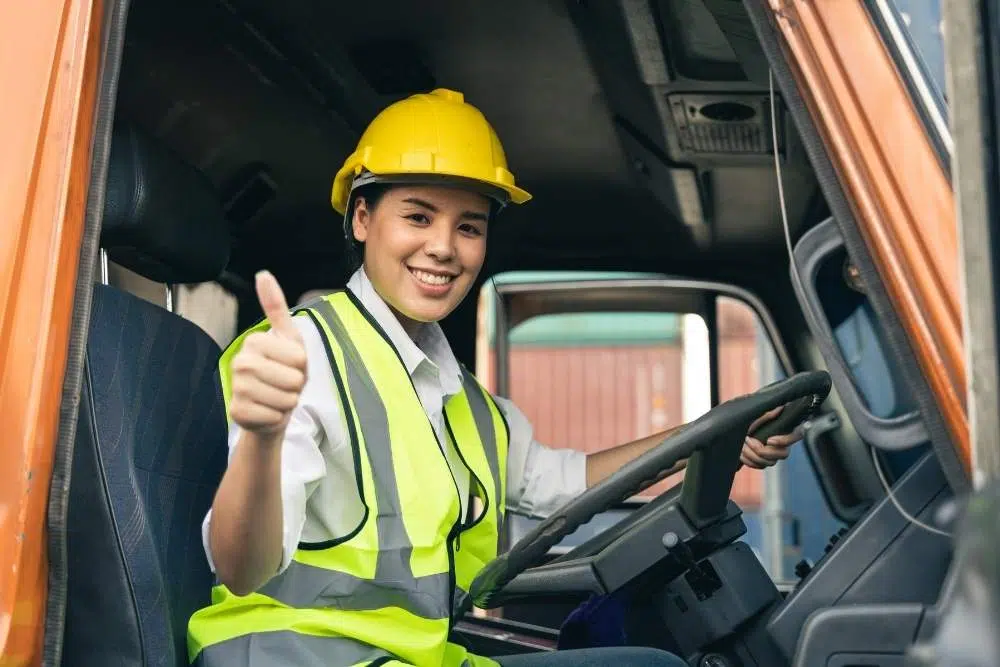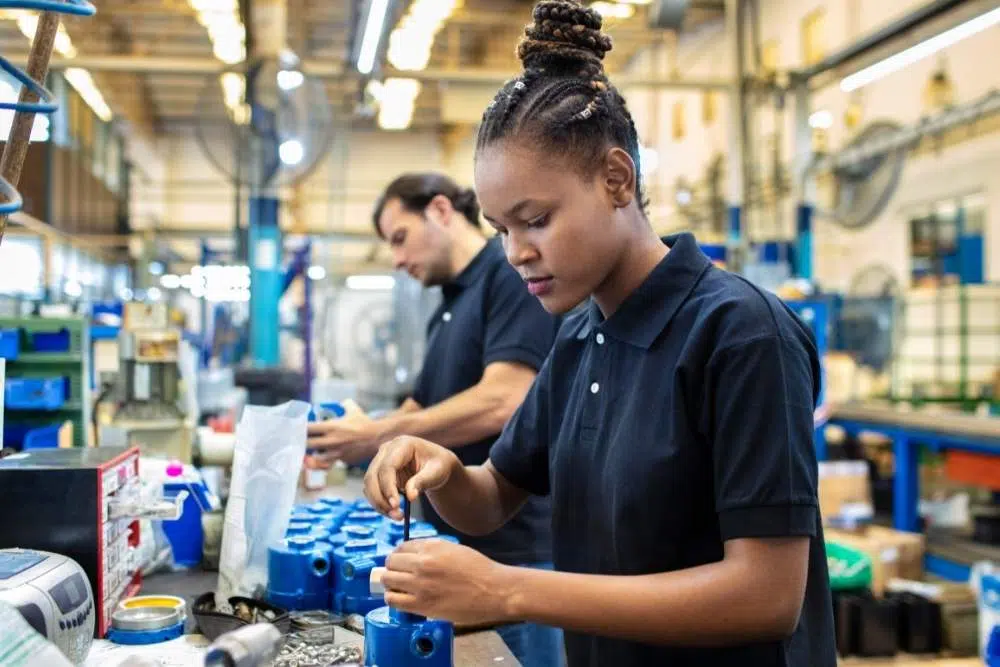Introduction to Ergonomics Risk Assessment
So, what is an ergonomics risk assessment?
An ergonomics risk assessment (ergonomics assessment) is an objective measurement of risk factors in the work environment that may lead to musculoskeletal disorders (MSD) or injuries among your workers.
An ergonomics risk assessment involves
- considering what could happen if someone is exposed to a hazard and
- the likelihood of that identified risk occurring.
For hazardous manual tasks this means identifying and examining in detail the hazards associated with a particular task, to assess the likelihood of the forces, movements and postures resulting in a musculoskeletal disorder (MSD).
A risk assessment helps determine
- how severe a risk is
- whether any existing control measures are effective
- what action you should take to control the risk, and
- how urgently the action needs to be taken. Hazards have the potential to cause distinct types and severities of harm, ranging from minor discomfort to significant injury.
*Safe Work Australia, Hazardous Manual Tasks Code of Practice (2018)














